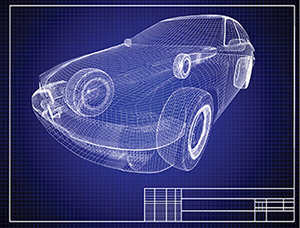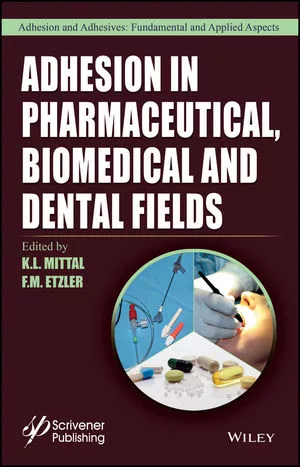IP in Depth: Effective Preissuance Submissions
Preissuance submissions are a one-chance opportunity to present prior art in such a way that an examiner will be convinced to apply the prior art to reject pending claims in a patent application.
"The preissuance submission provision in the America Invents Act aims to bring the most relevant prior art to the examiner’s attention as early as possible during prosecution to enhance examination effectiveness and efficiency,” says Undersecretary of Commerce for Intellectual Property and Director of the U.S. Patent and Trademark Office (USPTO) David Kappos.
prosecution to enhance examination effectiveness and efficiency,” says Undersecretary of Commerce for Intellectual Property and Director of the U.S. Patent and Trademark Office (USPTO) David Kappos.
A preissuance submission gives the third-party submitter an opportunity to convince a patent examiner that the prior art being submitted needs to be applied to reject pending claims. The submitter’s goal is to have the prior art applied by the examiner so as to force the patent applicant to narrow the scope of any subsequently allowed claims, or prevent allowance of the patent application.
It is accordingly important to understand the patent examination process from the point of view of a patent examiner so that the relevance of prior art submitted in a preissuance submission can be presented in a way that makes the examiner’s job of applying the prior art as convenient as possible.
Examining Patent Applications
After reviewing a patent application for formal matters, a patent examiner conducts a prior art search in which he/she looks for prior art teachings of each of the elements recited in the pending claims of the application.
The fact that all the elements of one or more pending claims can be found or suggested collectively in the teachings of two or more prior art references does not necessarily lead to a finding or conclusion of “obviousness.” A legal finding of obviousness has to be based on certain criteria or standards for combining or modifying the teachings of prior art references that are listed in the Manual of Patent Examining Procedures (MPEP) §2141.
Concise Description of the Prior Art
A preissuance submission is filed together with a concise description of the asserted relevance of each item identified in the submitted prior art documents.
Submitters of preissuance submission are not allowed to propose how claims are to be or should be rejected. If a preissuance submission includes reference to a claim being “anticipated” by or “obvious” over the prior art, the preissuance submission will be held non-compliant and will not be entered into the application file and or considered by the examiner. Preissuance submitters need to identify where claim elements are disclosed in prior art references.
Identifying Support for Modifying/Combining the Prior Art
While submitters of preissuance submission are not allowed to propose how claims should be rejected, they should identify teachings within the prior art that meet or suggest the criteria or standards for combining or modifying the teachings of prior art references noted in MPEP §2141—and bring these teachings to the examiner’s attention.
Merely pointing out where the prior art discloses claim elements only assists examiners in one step of the examination process. Pointing out teachings within the prior art that support the criteria or standards for combining or modifying the teachings of prior art references assists the examiners in formulating rejections of the pending claims.
Presenting Information in a Concise Description of the Prior Art
A concise description of relevance is not required to be presented in a particular format. The USPTO notes that one option is to present the concise descriptions in a narrative form. Another option is to present a claim chart mapping various portions of a submitted printed publication to different claim elements.
Providing a claim chart identifying where elements recited in the pending claims of an application are discussed in the prior art will make it easier for an examiner to keep track of all claim elements, particularly when there are numerous claims and more than a few prior art references.
A narrative summary of each prior art reference preceding the claim chart will provide an examiner with an overview of the prior art. The narrative summary can transition from a summary of each prior art reference into an identification of any teachings within the prior art that support the criteria or standards for combining or modifying the teachings of prior art references noted in MPEP §2141.
Conclusion
Preissuance submissions are a one-chance opportunity to present prior art in such a way that an examiner will be convinced to apply the prior art to reject pending claims in a patent application. A careful and complete analysis of prior art submitted in a preissuance submission, together with concise descriptions that clearly identify both pending claim elements and basis for modifying and/or combining teachings found in the prior art, is paramount to being able to limit the scope of claims that will be allowed in a pending application and possibly even preventing the application from issuing.
Notions that preissuance submissions only need to identify claim elements in the prior art fail to appreciate the full potential of preissuance submissions and how they can integrate into the examination process and assist patent examiners.
Looking for a reprint of this article?
From high-res PDFs to custom plaques, order your copy today!




